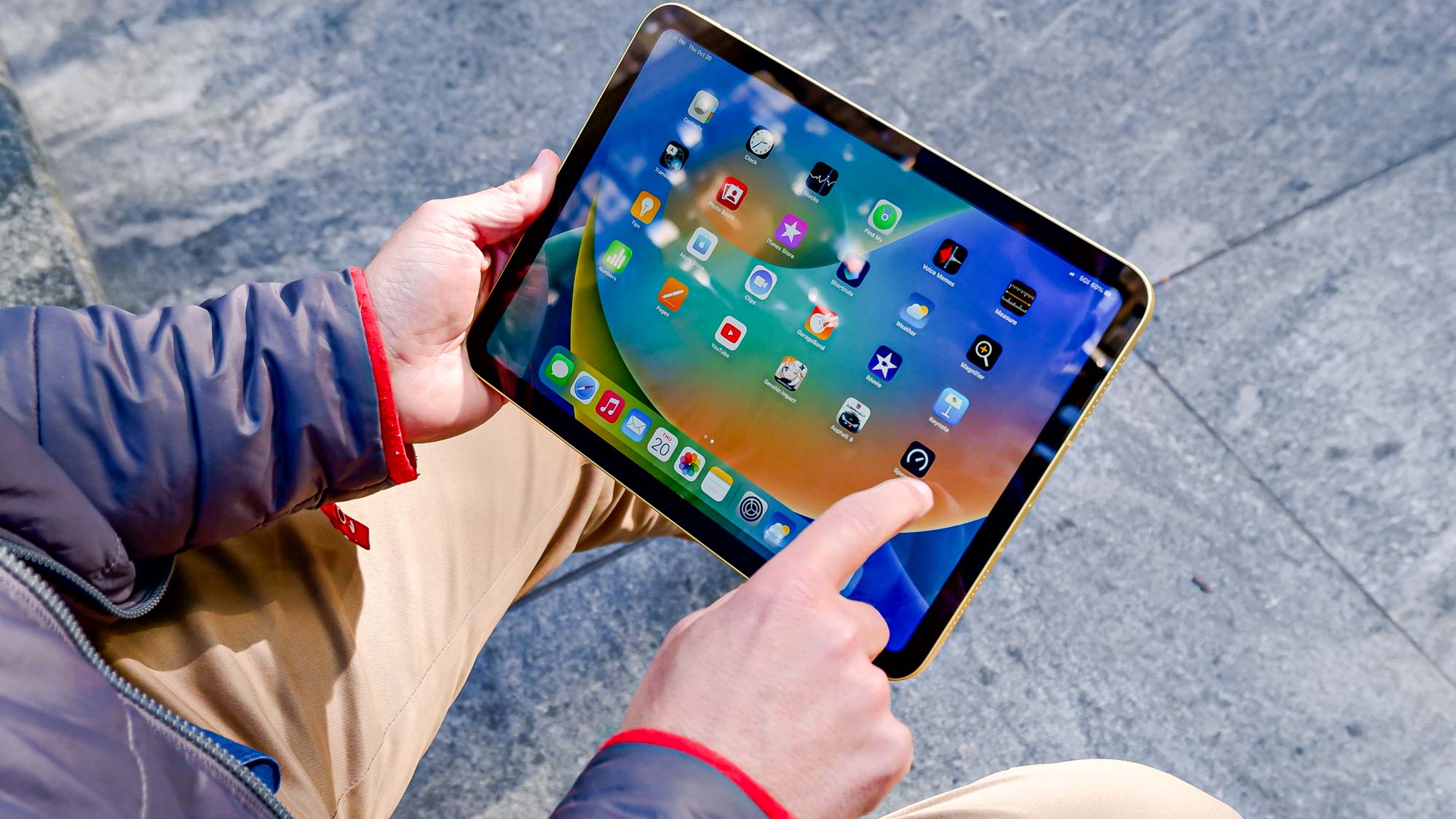iPhone SE 2020 vs. iPhone 11: What’s different?
How does the new $399 iPhone SE 2020 compare to Apple's best-selling iPhone 11?
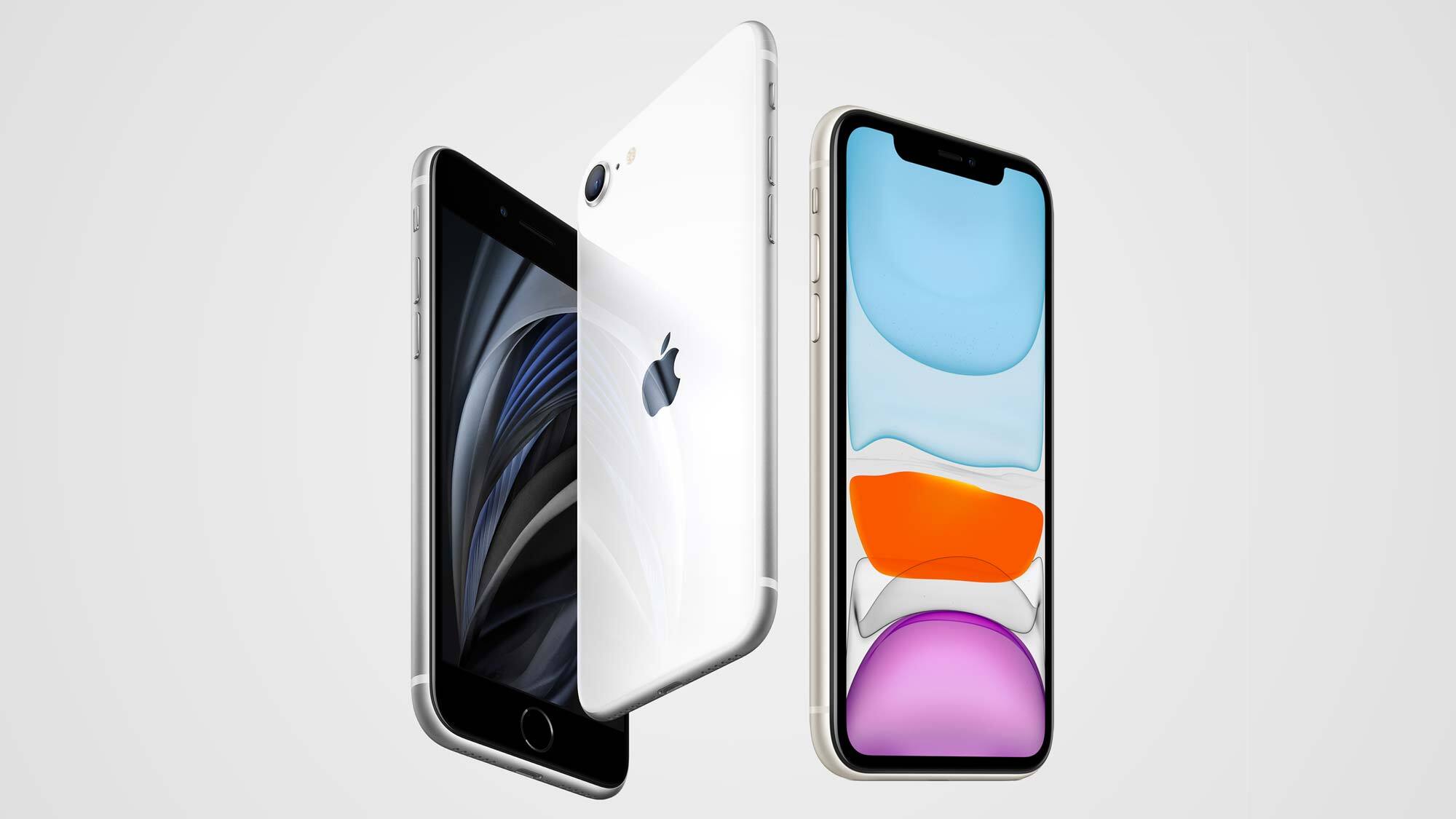
This iPhone SE 2020 vs iPhone 11 face-off is a match-up between two phones that are all about value.
According to Apple's figures, the $699 iPhone 11 is the best-selling smartphone in the world. It dethroned the 2018 iPhone XR for that title, but now it must contend with the all-new, $399 iPhone SE.
The new iPhone SE packs Touch ID, a fast A13 chip, modern camera capabilities and wireless charging inside it’s compact 4.7-inch design. However, the iPhone 11 delivers a larger 6.1-inch display, dual rear cameras (including an ultra-wide lens) and other amenities that the new iPhone SE lacks.
Although the iPhone 11 is one of the best phones for most people, the iPhone SE looks very attractive and could be one of the best cheap phones of the year. How else does the iPhone SE differ from the iPhone 11? Here's your iPhone SE 2020 vs iPhone 11 cheat sheet.
- iPhone SE 2020 review: Our verdict is in
- iPhone SE 2020 vs. iPhone 8: Should you upgrade?
- The best iPhone SE 2020 cases to protect your phone
iPhone SE 2020 vs. iPhone 11: Specs compared
| Row 0 - Cell 0 | iPhone SE | iPhone 11 |
| Starting Price | $399/£419 | $699/£729 |
| Processor | A13 Bionic | A13 Bionic |
| Screen | 4.7-inch LCD (1,334 x 750 Pixels) | 6.1-inch LCD (1,792 x 828 Pixels) |
| Storage | 64GB, 128GB, 256GB | 64GB, 128GB, 256GB |
| Biometrics | Touch ID | Face ID |
| Rear Camera | Single 12MP (ƒ/1.8) | Single 12MP (ƒ/1.8) |
| Front Camera | 7MP TrueDepth (ƒ/2.2) | 7MP TrueDepth (ƒ/2.2) |
| Zoom | 5x digital | 2x optical; 5x digital |
| Battery Life (Hrs:Mins) | not tested | 11:20 |
| Metal frame | Aluminum | Anodized Aluminum |
| Colors | Black, White, Product Red | Black, White, Red, Yellow, Green, Purple |
| Weight | 5.2 ounces | 6.8 ounces |
| Size | 5.5 x 2.7 x 0.3 inches | 5.9 x 3.0 x 0.3 inches |
What's new with the iPhone SE 2020
The iPhone SE doesn’t deliver a slew of ‘new’ features per se. In fact most elements are revived from previous iPhone models like the iPhone 8 (which is now discontinued) and iPhone XR. But compared to the iPhone 11, iPhone SE’s alternations are significant enough that it seems like a truly new phone.
Design: The iPhone SE is composed of glass and aluminum, whereas a pricer anodized aluminum material makes up the iPhone 11’s case. The more lavish iPhone 11 Pro and iPhone 11 Pro Max are made of stainless steel, for comparison.
Material plays a significant role in Apple’s costs. The new iPhone SE also has a IP67 rating for water and dust resistant, which is slightly less durable than the iPhone 11’s IP68 rating. Basically, the iPhone 11 can withstand 2 meters of water, versus 1 meter for the iPhone SE.
The iPhone SE is also smaller than the iPhone 11. It weighs 5.2 ounces and is 5.5 x 2.7 x 0.3 inches. That compares to 6.84 ounces and 5.94 x 2.98 x 0.33 inches for the iPhone 11. Apple’s new iPhone is available in black, white and product red, while the iPhone 11 comes in a broader rainbow assortment.
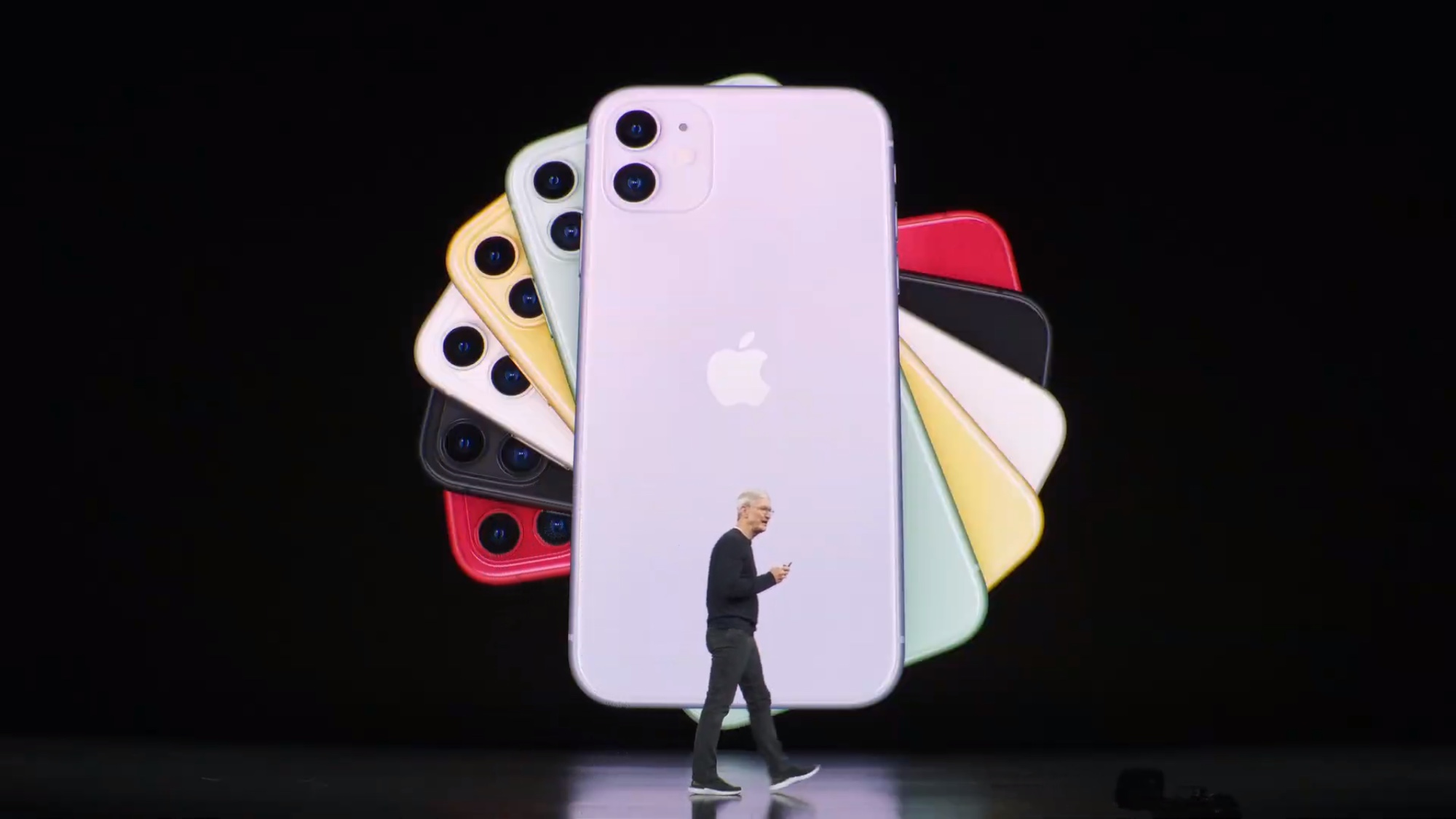
Touch ID: Apple controversially killed off the Touch ID button with the iPhone X, so we’re excited to see it’s returned for the iPhone SE. Rather than rely on Face ID biometrics, the iPhone SE employs fingerprints to unlock the device, access saved passwords, approve App Store downloads and initiate Apple Pay transactions.
Camera: The iPhone SE’s camera is pared down, which also contributes to its low cost. It has a single 12-megapixel wide camera with an f/1.8 aperture like the iPhone XR had. The iPhone 11 sports dual 12MP cams — one with an f/1.8 aperture and the other an ultra wide angle f/2.4 lens — making it more versatile for mobile photography.
The iPhone SE benefits from a number of Apple’s premium capturing features, though, like a flicker detect sensor, auto white balance, improved auto-focus in low light, multi-band noise reduction for more detailed shadows and image fusion.
The iPhone SE will feature a 7MP camera up front compared to the 12MP TrueDepth camera on the iPhone 11. That means no animoji or Face ID support for the iPhone SE.
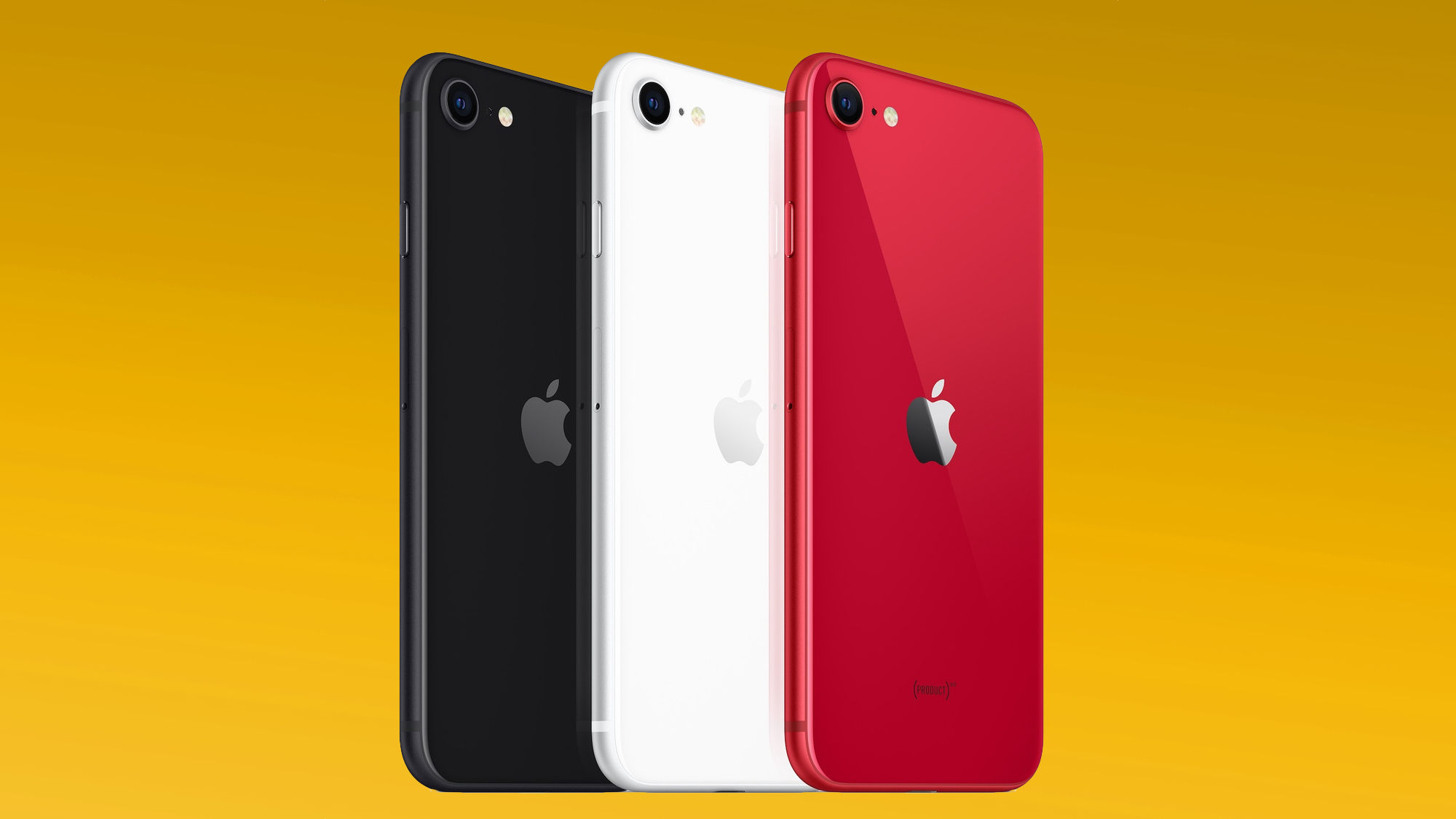
Battery life: Apple says the iPhone SE has the same battery life of the iPhone 8, so it won’t last as long as the iPhone on a single charge. The iPhone 8 persisted for 9 hours and 54 minutes on the Tom’s Guide battery test when we tested that device three years ago, while the iPhone 11 lasted for 11 hours and 20 minutes. That puts the iPhone 11 on the list of best phone battery life among devices we've tested recently.
Price: Here's another big change. Pricing for the iPhone SE starts at $399/£419, which is $300 less than the $699/£729 the iPhone 11 debuted at in the fall. It’s a pretty significant drop, suggesting Apple is aiming for accessibility and affordability with its new phone.
Upgrading the storage costs just as much regardless of which iPhone we're talking about. It's $50 extra to go from 64GB to 128GB on both the iPhone SE and iPhone 11, while the 256GB model costs an additional $100 over the 128GB version.
What's the same with iPhone SE 2020
When looking at the iPhone SE 2020 vs. iPhone 11, it’s clear Apple tried to incorporate some of its flagship’s features into the new budget model to make that low-cost device feel modern.
A13 bionic chip: Like the iPhone 11, the iPhone SE is powered by the A13 bionic chip. The A13 is the fastest CPU and GPU ever in a smartphone, which makes for fast operations and great mobile gaming.
An on-chip, 8-core neural engine for machine learning lets the phone improve over time, and also makes the CPU capable of over 1 trillion operations per second. Plus the A13's low-power design maximizes the efficiency of those operations by isolating and triggering only the necessary parts of the chip at any given time.
Apple doesn't talk about the RAM inside its phones, but teardowns have revealed the iPhone 11 has 4GB of RAM. We're interested to see just how much memory Apple has packed into the iPhone SE.
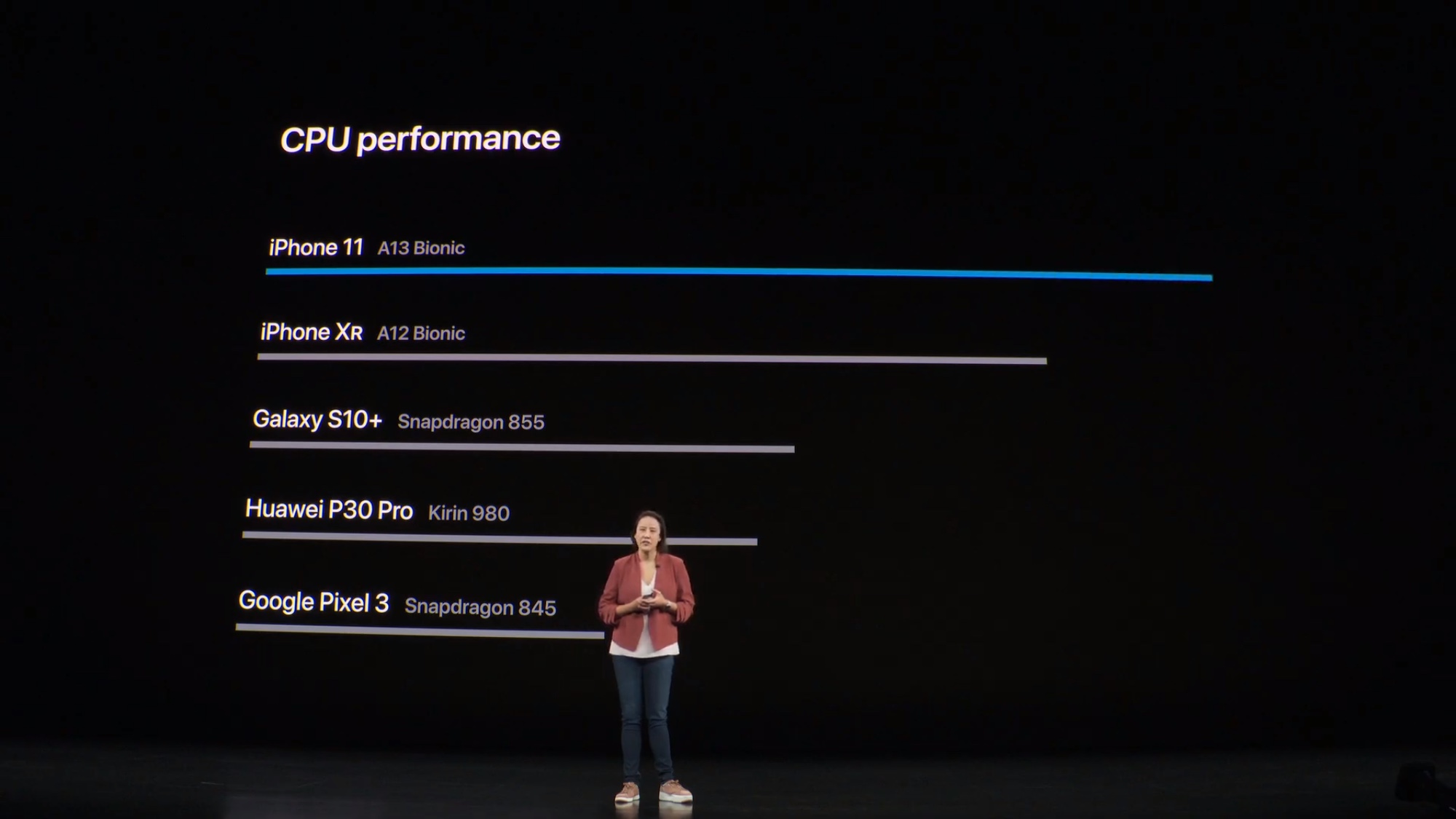
Smart HDR: Smart HDR is an iPhone camera feature first introduced with the iPhone XS and iPhone XS Max. It improves photo quality by taking several images at once, all with different exposure settings. The phone identifies the best parts of the individual shots and combines them into a single, high-quality image.
Video features: Apple bestowed some of the iPhone 11's cool video capturing features on the iPhone SE. It can film in 4K up to 60 frames per second, has optical image/cinematic video stabilization and even offers slo-mo recording.
Wireless charging: The iPhone SE supports wireless charging, meaning you can rest the phone one of the best wireless chargers, or Qi chargers, to juice it up. Every device in the iPhone 11 lineup had wireless charging, too.
Display: Apple's Pro models sport an OLED screen, but the iPhone 11 makes do with an LCD panel. So will the iPhone SE. And while the phones feature different resolutions — 1,792 x 828 for the iPhone 11, 1,334 x 750 for the iPhone SE — that translates to 326 pixels per inch for both phones because of their different screen sizes.
Apple TV Plus promotion: Apple TV Plus debuted last fall alongside the iPhone 11. In an effort to establish a viewer base, Apple offered one year of the streaming service — which offers a small selection of original programming including The Morning Show — to anyone buying new Apple hardware.
The promotion expired for Apple devices purchased from the September event, but Apple has brought it back for the iPhone SE release. Anyone who buys the iPhone SE will get Apple TV Plus free for the next year.
iPhone SE 2020 vs. iPhone 11 outlook
Although the iPhone SE could become the best cheap phone to buy, the iPhone 11 is still a stronger phone overall, providing more durability, better cameras, Face ID and a longer battery life.
But for $399, the A13-powered iPhone SE looks like a great deal. We’ll have to conduct a full review of Apple’s new budget phone to see how the camera, day-to-day performance and other specs stack up. Stay tuned.
Sign up to get the BEST of Tom's Guide direct to your inbox.
Get instant access to breaking news, the hottest reviews, great deals and helpful tips.
Kate Kozuch is the managing editor of social and video at Tom’s Guide. She writes about smartwatches, TVs, audio devices, and some cooking appliances, too. Kate appears on Fox News to talk tech trends and runs the Tom's Guide TikTok account, which you should be following if you don't already. When she’s not filming tech videos, you can find her taking up a new sport, mastering the NYT Crossword or channeling her inner celebrity chef.

